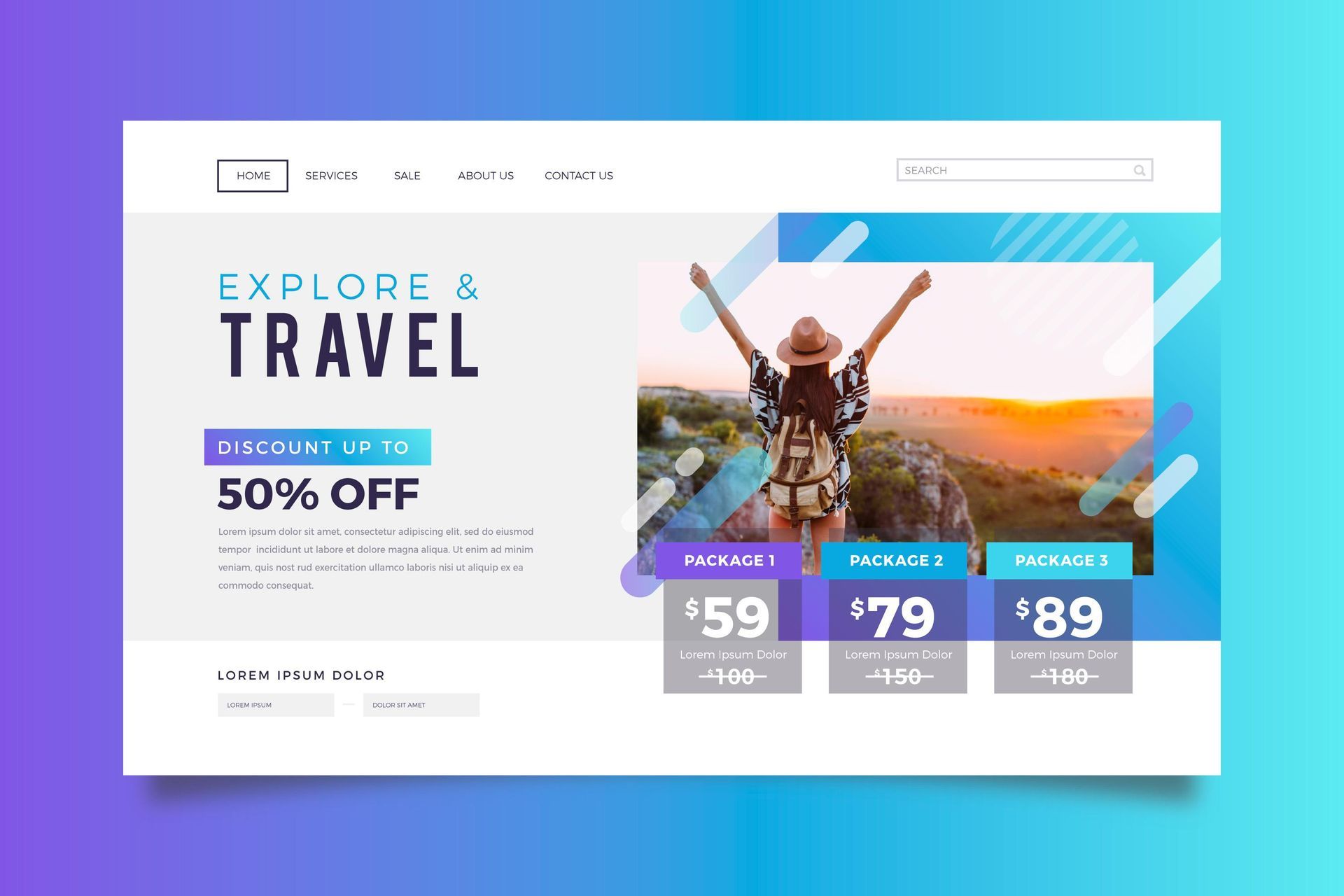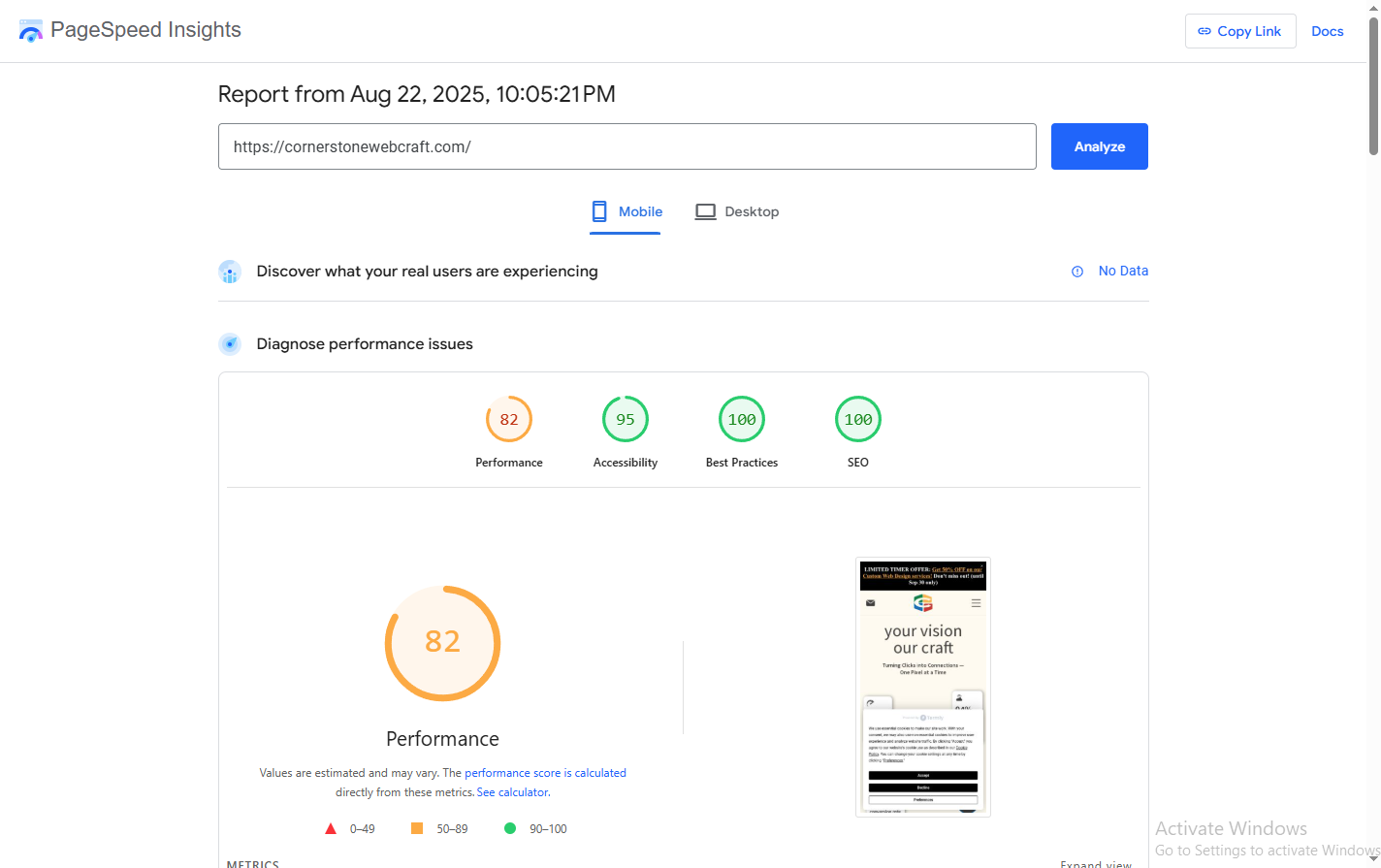How to Choose the Right Template for Your Business Website

Choosing the right website template is crucial for ensuring your business has a strong online presence. With so many options available, it’s important to select a template that aligns with your brand, meets your business needs, and provides a great user experience.
Here’s a step-by-step guide to help you pick the perfect template for your business website.
1. Define Your Website’s Purpose
Before browsing templates, determine the primary goal of your website. Is it to showcase your portfolio, sell products, generate leads, or provide information? Knowing your purpose will help you narrow down templates with the right features and layout.
2. Consider Your Industry and Brand Identity
Different industries have different design expectations. A corporate website may require a sleek and professional look, while a creative business might benefit from a bold and visually engaging layout. Choose a template that reflects your brand’s colors, fonts, and overall aesthetic.
3. Ensure Mobile Responsiveness
With most users browsing on mobile devices, your chosen template must be fully responsive. Test how the template adapts to different screen sizes to ensure a seamless user experience across all devices.
4. Look for Customization Options
Your business is unique, so your website should be too. Check if the template allows customization of fonts, colors, layouts, and other elements. The more flexible the template, the easier it will be to align it with your brand.
5. Prioritize User Experience and Navigation
A well-structured template ensures easy navigation for visitors. Look for intuitive menus, clear call-to-action buttons, and a clean layout that guides users to important information effortlessly.
6. Check SEO Friendliness
A good website template should be optimized for search engines. Look for built-in SEO features, such as fast loading speeds, clean code, and proper HTML tagging, to improve your website’s search rankings.
7. Evaluate Speed and Performance
A slow website can drive visitors away. Test the template’s loading speed before committing. Many template providers offer demo versions where you can check performance metrics.
8. Assess Built-in Features and Integrations
Consider what built-in features the template offers. Does it support e-commerce, contact forms, or blog sections? Also, ensure it integrates with essential tools like email marketing services, analytics, and social media.
9. Read Reviews and Check Support Availability
Before selecting a template, read user reviews to learn about potential issues. Also, check if the provider offers customer support, documentation, or forums where you can get help if needed.
10. Test Before Committing
Most template providers allow a preview or demo version. Take advantage of this to explore the design and functionality before making your final decision.
Conclusion
Choosing the right website template requires careful consideration of your business needs, brand identity, and user experience. By following these steps, you can find a template that not only looks great but also helps your business grow online. Take the time to test and customize your choice to ensure it aligns with your vision and provides the best experience for your visitors.
Latest Posts



